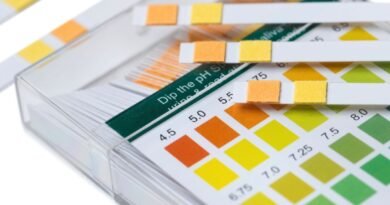New Study Reveals that Bright Sunlight Can Reduce Risk of Myopia in Children
The authors discovered that along with the duration of time spent outside, the intensity of sunlight played a crucial role in preventing myopic shift in children.
A recent study has revealed that just fifteen minutes a day spent outside in bright sunlight could aid in preventing myopia in children.
The objective of the study was to investigate various patterns of sun exposure and their impact on the progression of myopia in children.
Study Details
The JAMA study followed 2,976 children aged approximately seven years, split almost evenly between boys and girls, in a one-year prospective cohort. They wore smartwatches to track their outdoor time and sunlight exposure.
Twelve different outdoor exposure patterns were examined, with specific emphasis on spending at least 15 minutes outside with sunlight intensity of 2000 lux or more, which helped reduce myopia progression over a year.
Everyday Lux Examples
A minimum of 2000 lux was found necessary to slow myopia progression in children. For reference, the lux levels for various light sources were discussed.
Myopia in Children
The study emphasized the rise of myopia globally, especially in East and Southeast Asia, and the potential risks associated with it.
The authors highlighted the lower outdoor exposure among children in China compared to other countries due to various factors like schooling, homework, and sociocultural norms.
Conclusion
While the study provides valuable insights, the authors acknowledged certain limitations and the need for further research to confirm the findings over longer periods and in varied populations.
The authors suggested that efforts to prevent myopia should focus on both the total outdoor time and exposure to intense sunlight for at least 15 minutes at a time.



